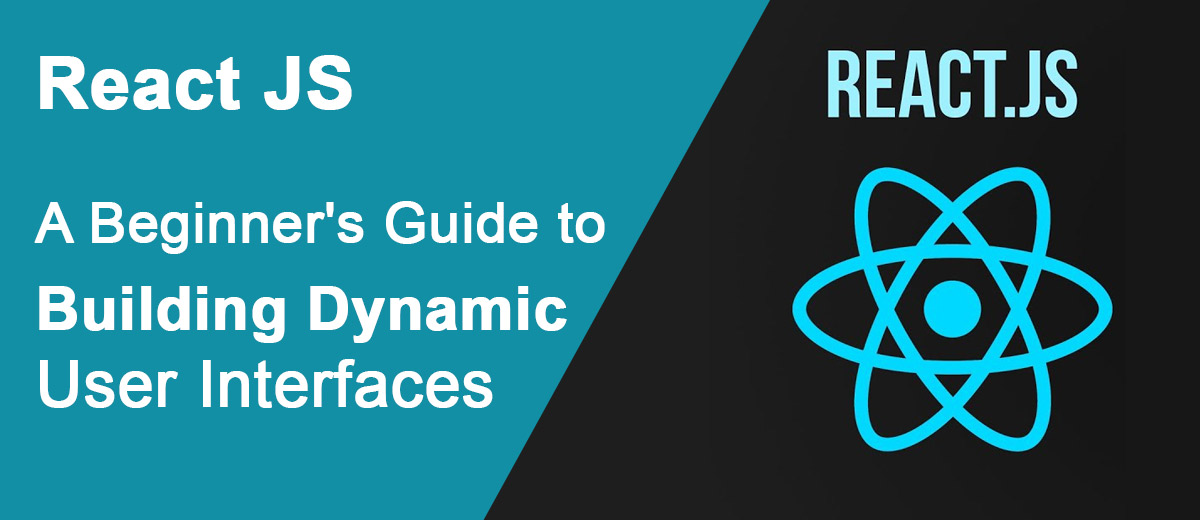In the ever-evolving landscape of web development, React JS has emerged as a powerful and popular JavaScript library for creating dynamic and interactive user interfaces. Whether you’re a seasoned developer exploring new technologies or a beginner eager to dive into the world of front-end development, starting with React JS can be a game-changer. This article serves as your compass, guiding you through the basics of React JS and setting you on a path towards mastering this transformative technology.
Understanding React JS:
React JS, maintained by Facebook, is an open-source JavaScript library designed to simplify the process of building user interfaces. It excels in creating single-page applications where user interactions are seamless and responsive. At its core, React employs a component-based architecture, allowing developers to break down complex UIs into modular and reusable components. This approach enhances code organization, maintainability, and scalability.
Setting Up Your Development Environment:
Before delving into React JS, it’s essential to set up your development environment. Utilize tools like Node.js and npm (Node Package Manager) to manage dependencies and create a React application. Popular tools like Create React App provide a hassle-free way to initiate a new project with minimal configuration, allowing you to focus on learning React’s core concepts.
Components: The Building Blocks of React:
At the heart of React development are components. Think of components as building blocks that encapsulate specific UI elements and their behavior. Components can be functional or class-based, each serving a unique purpose. Embrace the concept of reusability by creating components for individual UI elements and composing them to form complex user interfaces.
State and Props: Managing Data Flow:
Understanding how React manages data flow is crucial. State represents the internal data of a component, and when it changes, React re-renders the component. Props, short for properties, are external inputs that allow data to flow between components. Mastering the interplay between state and props is key to building dynamic and responsive applications.
The JSX Syntax: Mixing HTML with JavaScript:
React uses JSX (JavaScript XML) syntax to define components’ structure within JavaScript code. JSX resembles HTML but allows you to seamlessly integrate JavaScript logic. Embrace the syntax to describe your UI in a more declarative and readable manner, unlocking the full potential of React’s expressive power.
Lifecycle Methods: Controlling Component Behavior:
React components undergo a lifecycle from creation to destruction, and understanding lifecycle methods is crucial for controlling component behavior. Methods like componentDidMount and componentDidUpdate enable you to perform actions at specific points in a component’s lifecycle, enhancing your ability to manage side effects and optimize performance.
Exploring React Ecosystem:
As you advance in your React journey, explore the vast ecosystem of libraries and tools that complement React development. Dive into state management solutions like Redux, routing with React Router, and styling with CSS-in-JS libraries to enrich your toolkit and streamline your development workflow.
Conclusion:
Embarking on the React JS journey opens doors to a dynamic and efficient way of building modern web applications. By grasping the fundamentals of React components, state management, JSX syntax, and lifecycle methods, you set a solid foundation for creating interactive and scalable user interfaces. Stay curious, practice regularly, and join the vibrant React community to enhance your skills and stay abreast of the latest developments. Happy coding!


